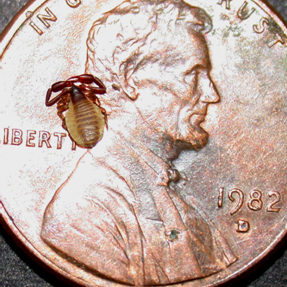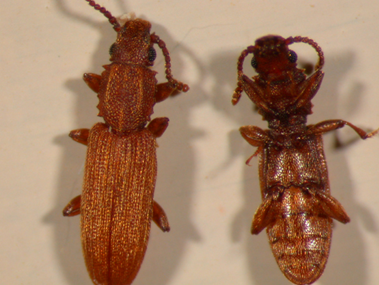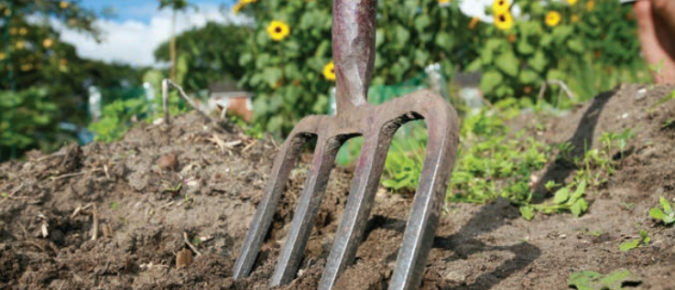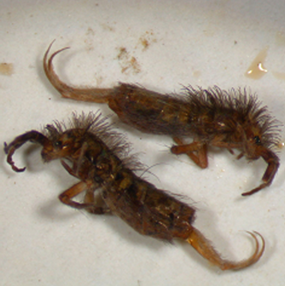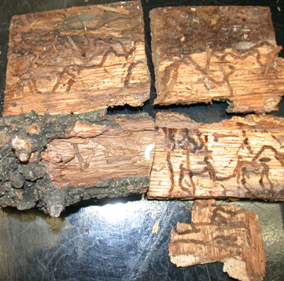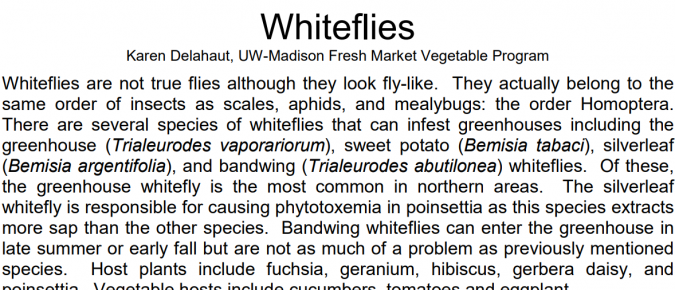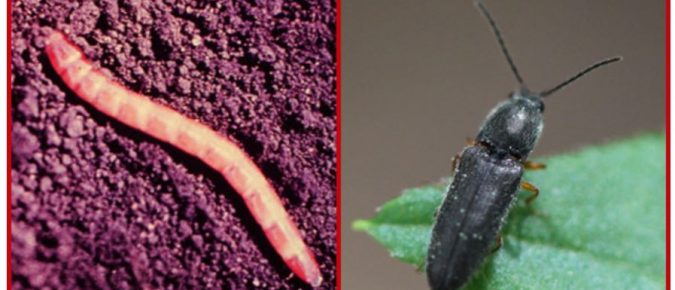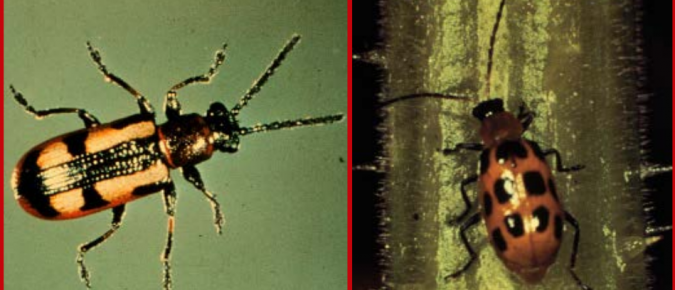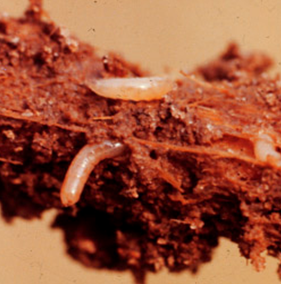Articles

Gardening Articles
Research-based horticulture information to help keep your plants and gardens thriving.
Pseudoscorpions
Phil Pellitteri, UW Insect Diagnostic Lab Revised: 4/27/2004 Item number: XHT1112 Have you ever found a strange, scorpion-like creature in your home? Pseudoscorpions are common, but rarely seen. They are harmless, small (1/16 to 1/8 inch long), tick-shaped critters that have a large pair of pincers, but lack the long tail and stinger of a […]
Sawtoothed Grain Beetle
Phil Pellitteri, UW Insect Diagnostic Lab Revised: 4/27/2004 Item number: XHT1111 The sawtoothed grain beetle and the closely related Merchant grain beetle are common pests in the kitchen where they infest grains, cereals, pasta, pet food, straw flowers, tea, old rodent bait, candy bars, flour, spices, and other dried plant material such as potpourri. Sawtoothed […]
Soil Contaminants in Community Gardens
Before siting and starting a community garden, learn about types and sources of potential contaminants, the basics of soil testing, and how to limit exposure to contaminants in this publication.
Potato Leafhopper
Potato leafhopper can be a serious annual pest of a wide range of plants, including apple, beans, dahlia, eggplant, potato, rhubarb, strawberry and many bedding plants. Learn more about this pest in this factsheet.
Springtails
Phil Pellitteri, UW Insect Diagnostic Lab Revised: 1/6/2005 Item number: XHT1039 Springtails are very common, small (1 to 3 mm long), wingless insects that jump or hop using a furcula, a forked structure on the underside of the abdomen that acts like a spring. Most springtails live in rich soils and leaf litter, or in […]
Two Lined Chestnut Borer
This factsheet describes two-lined chestnut borer, which is attracked to stressed and weakened oaks and is the most important insect cause of oak mortality.
Whiteflies
Whiteflies are not true flies, but belong in the same order as scales, aphids and mealybuts. Several species can infest greenhouses. Learn how to identify and manage this pest in this factsheet.
Wireworms
Authors: David Lowenstein and Russell Groves, UW-Madison EntomologyLast Revised: 05/22/2020X-number: XHT1045 Wireworms are the larvae of several species of click beetles (Family Elateridae). These beetles flip into the air with an audible click when turned on their backs. Wireworms feed primarily on grasses (including grass crops such as corn) but have a broad host range that includes vegetables […]
Asparagus Beetle
Karen Delahaut, formerly UW-Madison Fresh Market Vegetable Program Revised: 1/12/2005 Item number: XHT1137 The common asparagus beetle (Criocercis asparagi) and spotted asparagus beetle (Crioceris duodecimpunctata) are annual pests of asparagus in Wisconsin. The common asparagus beetle is the more prevalent of the two species and the only one that causes economic damage to asparagus in […]
Cabbage Maggot
Authors: David Lowenstein and Russell Groves, UW-Madison Entomology Last Revised: 05/22/2019 X-number: XHT1030 The cabbage maggot (Delia radicum) is an early season pest of cruciferous/cole crops (e.g., cabbage, broccoli, Brussels sprouts, cauliflower, kohlrabi, rutabaga, turnip, and radish), as well as cruciferous weeds (e.g., wild mustard, water cress, wild radish). Cabbage maggot damages plants by feeding […]
Imported Cabbageworm
Karen Delahaut, formerly UW-Madison Fresh Market Vegetable Program Revised: 5/28/2004 Item number: XHT1032 The imported cabbageworm (Pieris rapae) is a lepidopteran insect and the most important cole crop pest in Wisconsin. All cole crops, including cabbage, broccoli, Brussels sprouts, cauliflower, and rutabaga, are susceptible to attack by this insect. Appearance: Imported cabbageworm adults are the […]
Diamondback Moth
Karen Delahaut, UW-Madison Fresh Market Vegetable Program Revised: 5/28/2004 Item number: XHT1031 The diamondback moth (Plutella xylostella) is a lepidopteran insect and an important pest of cole crops in Wisconsin. All cole crops, including cabbage, broccoli, Brussels sprouts, cauliflower, and rutabaga, are susceptible to attack by this insect. Appearance: The diamondback moth is a small, […]

